Wait! Before you rake those leaves up, let me get some pictures!
Have you ever taken the time to truly appreciate the beauty of fallen leaves? I took a walk today looking down instead of up, and this is what I saw:
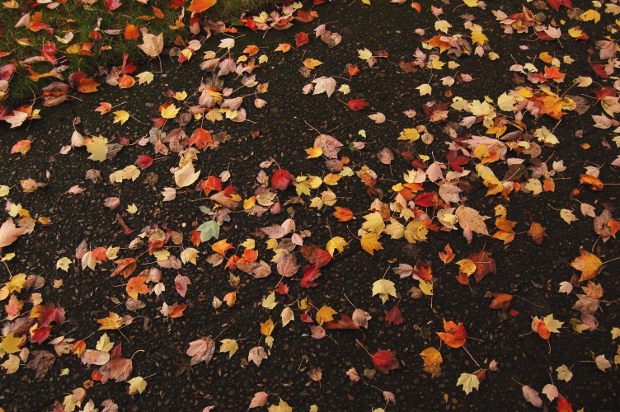
Red maple (Acer rubrum) leaves strewn across the sidewalk. Not always red, their autumn leaves can also be orange or yellow—or all three.
Sure, red maple leaves are brilliant when they’re still on the tree, but after they fall, they continue to glow for a little while like hot coals.
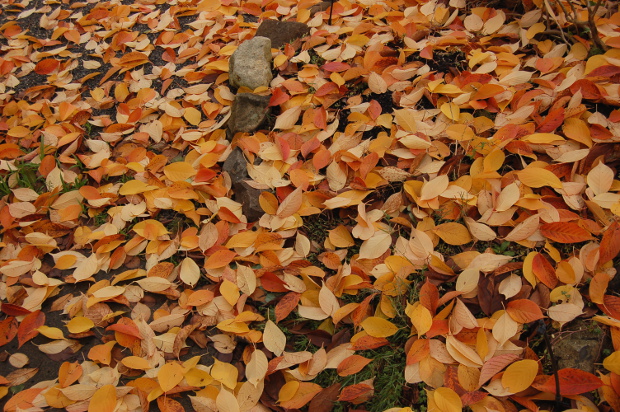
Yoshino cherries (Prunus ×yedoensis) are most appreciated for their fleeting blossoms in spring, but their fall color ain’t too shabby, either. The leaves receiving full sun progress to a sweet-potato-orange color, while the shaded ones turn a warm yellow.
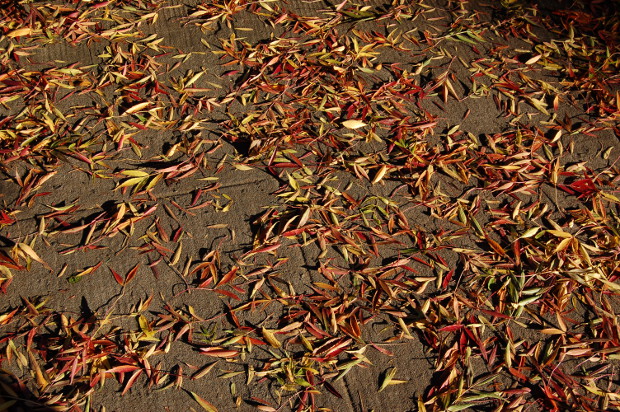
Ashes make me sad. The ones in the Midwest, at least, are doomed to fall to the wrath of the emerald ash borer. The ones in the Pacific Northwest appear to be safe for now. This is one of my favorite ashes, Fraxinus angustifolia ‘Raywood.’ It’s a dapper tree with fine-textured foliage and consistently good (usually purple-red) fall color. Sigh.

Yellowwood (Cladrastis kentukea) was all aglow, radiating from both what was left of the canopy above and the ground below. Slate-gray, beechlike bark, lemon-yellow fall color, and lovely white wisteria-like blossoms. (It actually only flowers every five years or so, but hey, you can’t have it all.)
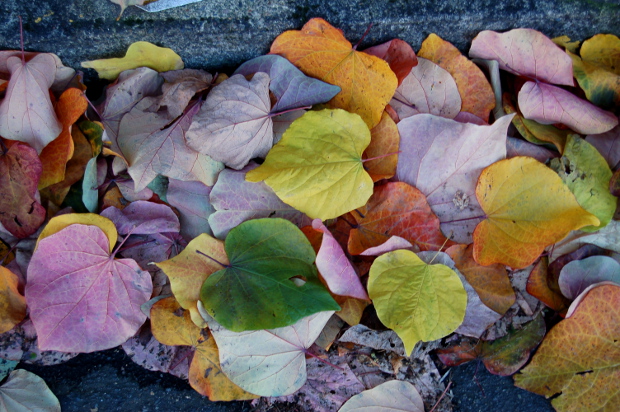
This has been a sweet surprise. Forest Pansy redbud never did this in the Midwest. The red leaves would turn nearly completely green in the heat of summer, and they would drop a muddy yellow-brown in fall. Here in Portland they hold their burgundy leaves for longer, and come fall, they turn shades of apricot, pink, gold, and mauve.

It’s really quite an odd color combination!
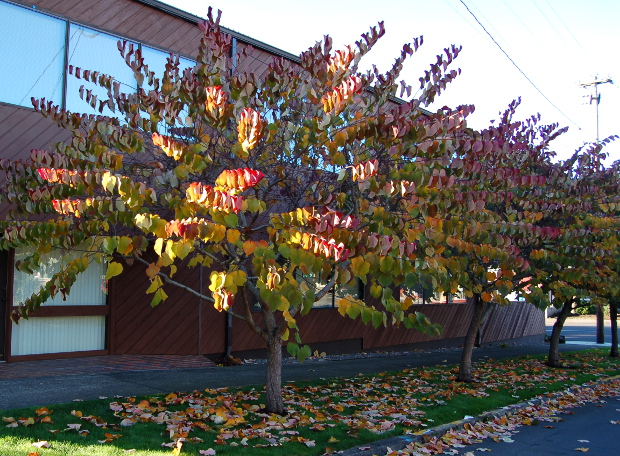
And lots more leaves yet to fall from these beauts.
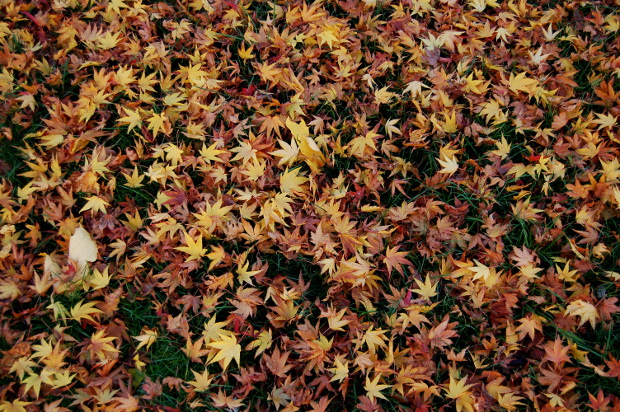
Japanese maple (Acer palmatum) leaves are quickly drained of their color after they fall, so they possess a subdued sort of beauty on the ground.

While on the tree, though, they’re the loudest things on the block.

Callery pears (Pyrus calleryana) have become terribly invasive in some parts of the U.S. But this is one reason why they got so popular in the first place—a rainbow of fall colors, usually gravitating towards deep red.
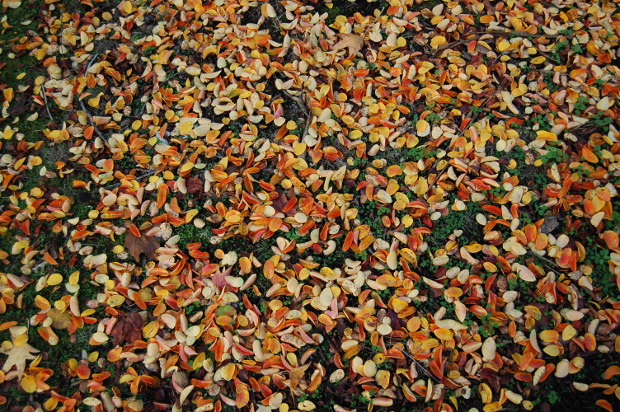
Crape myrtles (Lagerstroemia indica) offer frilly flowers, cool patchwork bark, and in the fall—hot fall color. These trubs (tree-shrubs) like steamy summers and do best in the South.

These sweetgum (Liquidambar styraciflua) leaves are tucking in these epimediums for a long winter sleep. Makes me wonder… what creative combinations could be had with freshly fallen leaves and perennials in the ground? Do you have any such combos in your garden?


Please let me know what you think. I’d love to hear from you!